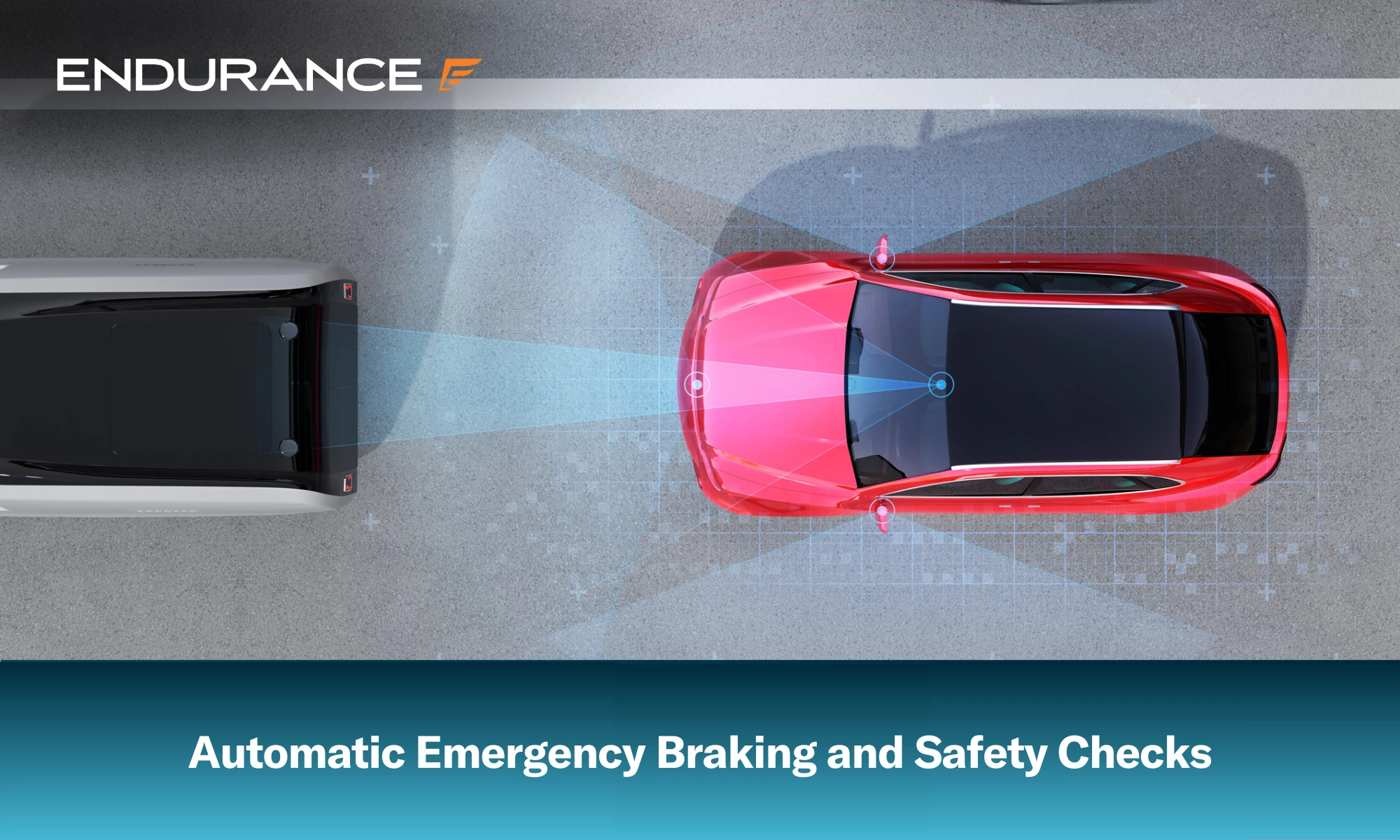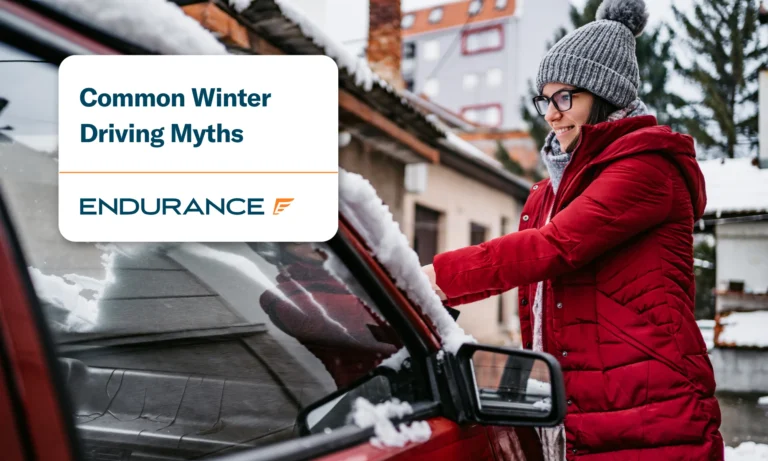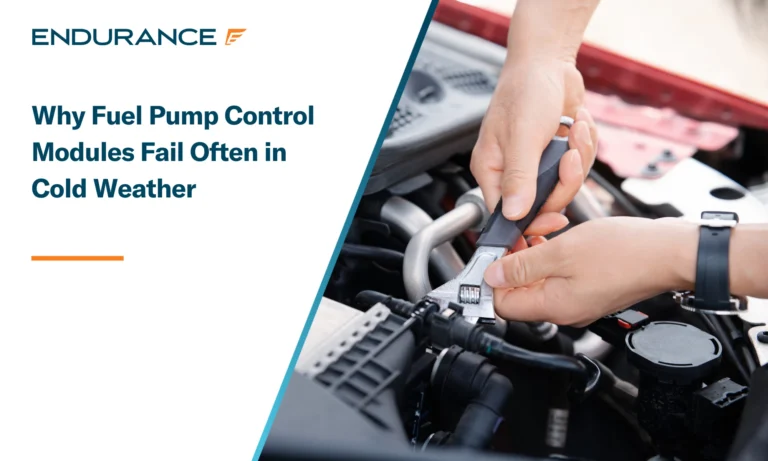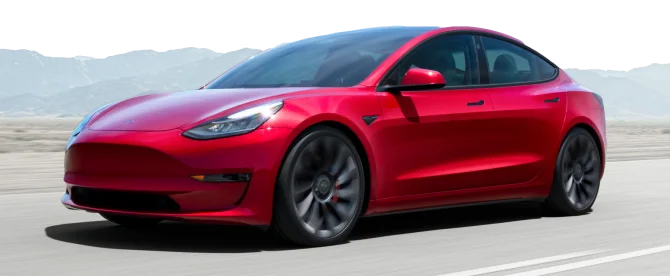Automatic Emergency Braking Safety: What Drivers Should Check Before Fall Road Trips

Fall road trips have a certain charm to them. Whether it’s the crisp air, scenic foliage, or just having fewer crowds on the highway, it’s undoubtedly an enjoyable time of year to hit the road. However, the season also brings unique driving challenges due to earlier sunsets, slicker roads, wildlife migrations, and other conditions. Modern technology, such as Automatic Emergency Braking (AEB), has become a critical safety net for many drivers.
Starting right around 2023, the bulk of new cars sold within the United States came standard with AEB thanks to agreements between auto manufacturers and government safety agencies. This technology helps to prevent and reduce the severity of accidents on the road by automatically applying the brakes when a driver doesn’t react in time. Like any technology under the hood, however, it’s not foolproof.
Learn what AEB can and can’t do for you on the road, how to check its status, and the important steps you should take ahead of fall (or any season).
What AEB Can and Cannot Do on Real Roads
Automatic Emergency Braking works by making use of a forward-facing camera or radar to detect and prevent potential collisions. If a crash seems to be imminent, the forward collision warning (FCW) system will warn the driver and, if needed, automatically apply the brakes. Here are the standout things that AEB safety systems can do:
- Prevent low-speed rear-end collisions in heavy traffic
- Reduce the severity of higher-speed automotive collisions
- Recognize vehicles, pedestrians, and sometimes cyclists, depending on the system
- Step in when a driver is distracted or delayed in reacting
This means that AEB can most likely help in congested traffic on the road or if a deer suddenly crosses ahead of you, but it’s not a substitute for alert driving. To that end, some of the standout limitations of AEB and other driver assistance systems include:
- It can’t guarantee collision avoidance at highway speeds with passenger vehicles
- The vehicle’s brakes won’t always detect smaller objects, motorcycles, or animals
- It can’t function optimally in poor weather conditions like heavy rain, fog, or snow
- It won’t replace driver attentiveness
Owner Settings, Warnings, and Dash Icons to Review
Before hitting the open road, you should take the time to understand your vehicle’s specific AEB system, as it can differ from car to car. While most are automatically activated when the car is started, some vehicles actually allow the driver to adjust the sensitivity, warning timing, and even disable the technology. Familiarize yourself with the following checklist items when reviewing your system:
- Settings menu: Locate the automatic braking systems controls in your infotainment system or instrument cluster, and make sure the feature is enabled and the sensitivity is set to your preference
- Dash icons: Familiarize yourself with warning lights, as a steady icon may indicate the system is ready, while a flashing or illuminated warning light may signal a fault
- Audible warnings: Know the difference between forward collision warnings (beeps or alerts) and actual braking intervention
- Owner’s manual: Each manufacturer uses slightly different symbols and terms, so a quick review before a road trip can save confusion
Clean Sensors, Clear Glass: Small Steps That Matter
Since AEB depends on its cameras or radar to “see” the road around your vehicle, keeping them clear of debris is crucial. If blocked, the performance of the system will suffer. Since the fall brings plenty of sensor-blocking culprits in the form of leaves, mud, fog, and frost, keeping things clear is crucial. Below are four key maintenance tips to handle:
- Windshield cleaning: Keep the inside and outside of your glass clean, especially in front of cameras, as these are often mounted behind the rearview mirror
- Sensor checks: Wipe radar sensors in the grille or bumper to remove dirt, bugs, or road grime
- Wiper blades: Replace worn blades to ensure clear visibility for the cameras
- Defogging: Use defrosters early to avoid condensation buildup on the windshield
After Windshield or Bumper Work: Recalibration Basics
Oftentimes, you may not realize that routine vehicle service, such as replacing a windshield, repairing a bumper, or even just getting an alignment, can impact the AEB system. Modern cameras and radar need to be calibrated precisely in order to function correctly.
This is done in two ways: static and dynamic. A static recalibration occurs at a repair shop using specialized equipment, whereas a dynamic one occurs while driving under controlled conditions. Failing to re-calibrate your AEB system could lead to it being unreliable or inactive, so it’s worth confirming with your mechanic before setting out on your road trip.
Handling False Triggers and Reporting Issues
While an automatic emergency braking system is certainly a safety boost, some drivers have reported experiencing false triggers or a malfunction with the safety technology in the past. This experience can be unnerving and dangerous if it catches you off guard, which is why knowing how to respond is crucial. In the event this does occur, heed the following advice:
- Stay calm: Apply steady control and avoid overreacting with aggressive steering
- Check your surroundings: False triggers can be caused by reflective road signs, metal surfaces, or shadows, so look around your vehicle to see what may be causing it
- Document the incident: Note the time, conditions, and what triggered it so that you can avoid it in the future
- Report to the dealer: Frequent false triggers may indicate a calibration issue or faulty sensor, so don’t hesitate to reach out to the automaker or the National Highway Traffic Safety Administration (NHTSA)
Vehicle Protection Through Endurance Warranty
Even though AEB systems are one of many safety features in most new vehicles, maintaining and repairing them can be a costly burden. Replacing a radar sensor that’s hidden in a bumper can run into the hundreds, if not thousands, of dollars if not done through warranty.
This is where an extended warranty or vehicle service contract (VSC) can come in handy. VSCs provide financial support for covered mechanical breakdowns and can help bridge the cost gap when repairs arise. At Endurance, we have a range of customizable vehicle service contracts with varying levels of coverage to suit your needs.
The Supreme plan is our standout option, though, offering protection most similar to the manufacturer warranty that accompanies a new car, meaning there are limited exclusions. Under this plan, high-tech options are also covered, which can help keep your vehicle running. On top of this, in addition to 24/7 roadside assistance, you get a year of our Elite Benefits with any vehicle protection plan – a $2,000 value.* From tire coverage for up to four tires per year due to road hazards, up to $500 in collision discounts, windshield repair coverage, and more, a plan with Endurance can protect your vehicle in more ways than one.
Ensure Your Vehicle Is Road-Trip Ready
Automatic emergency braking is one of the most important safety innovations in modern driving. As fall road trips get closer and closer, they will bring both beauty and hazards on the road. All drivers should take the time to ensure their AEB systems are ready to handle this change. Know the strengths and limitations of your system, keep all sensors and windshields clean, and handle any false reports promptly.
If you’re seeking additional protection for your vehicle against mechanical breakdowns, don’t hesitate to contact one of our service plan advisors at (800) 253-8203 or request a FREE quote online. You can also see your price and plan recommendations right away by shopping on our eStore.













With over three decades of professional experience in the automotive industry, Dario brings a wealth of knowledge and expertise to the Endurance team. He hails from Argentina, where he received his technical trade education and pursued mechanical engineering. Read more about Dario.